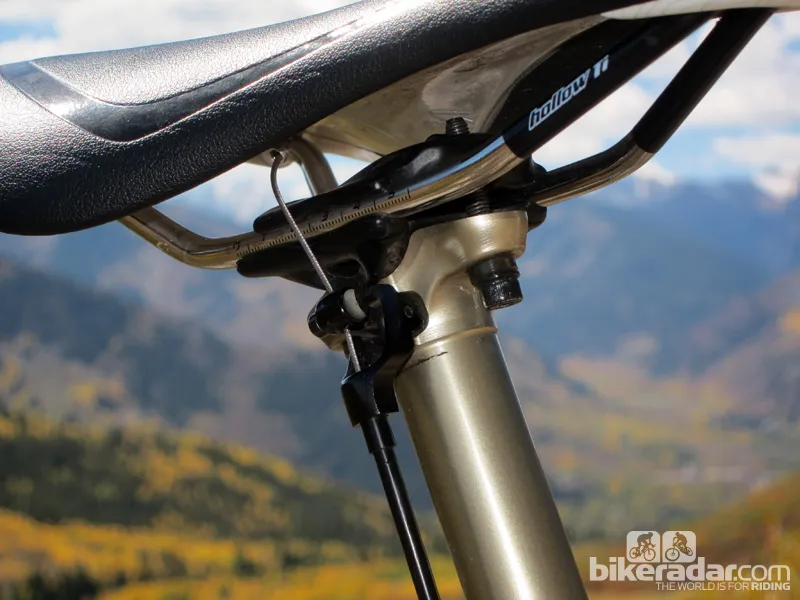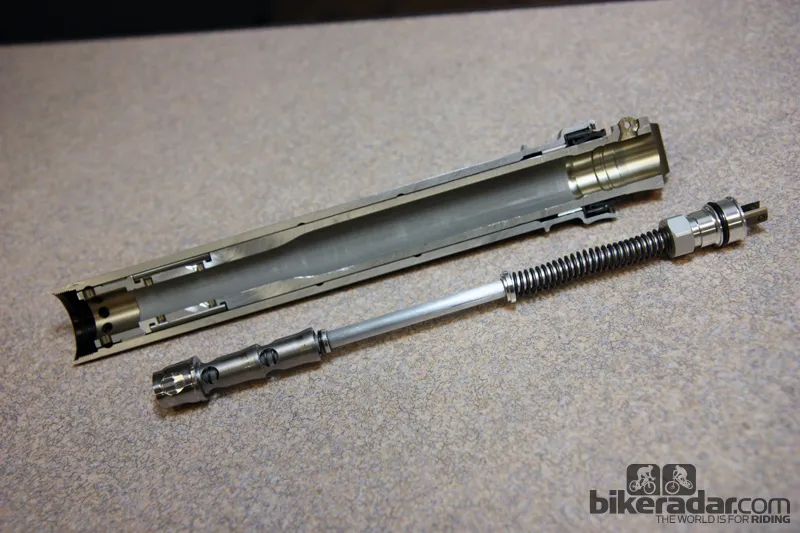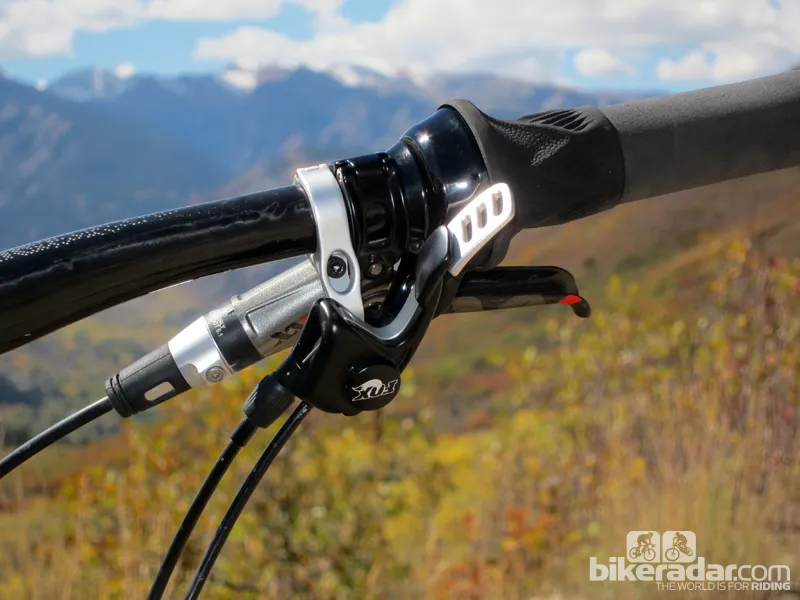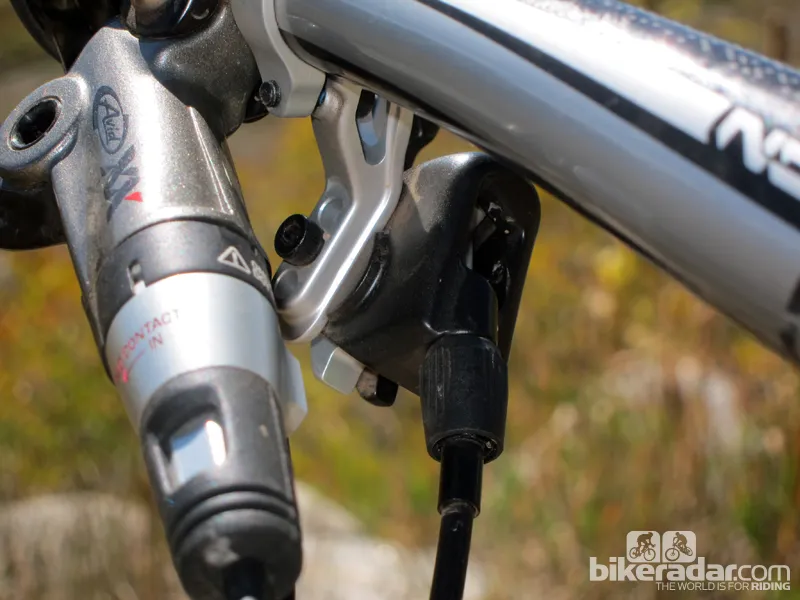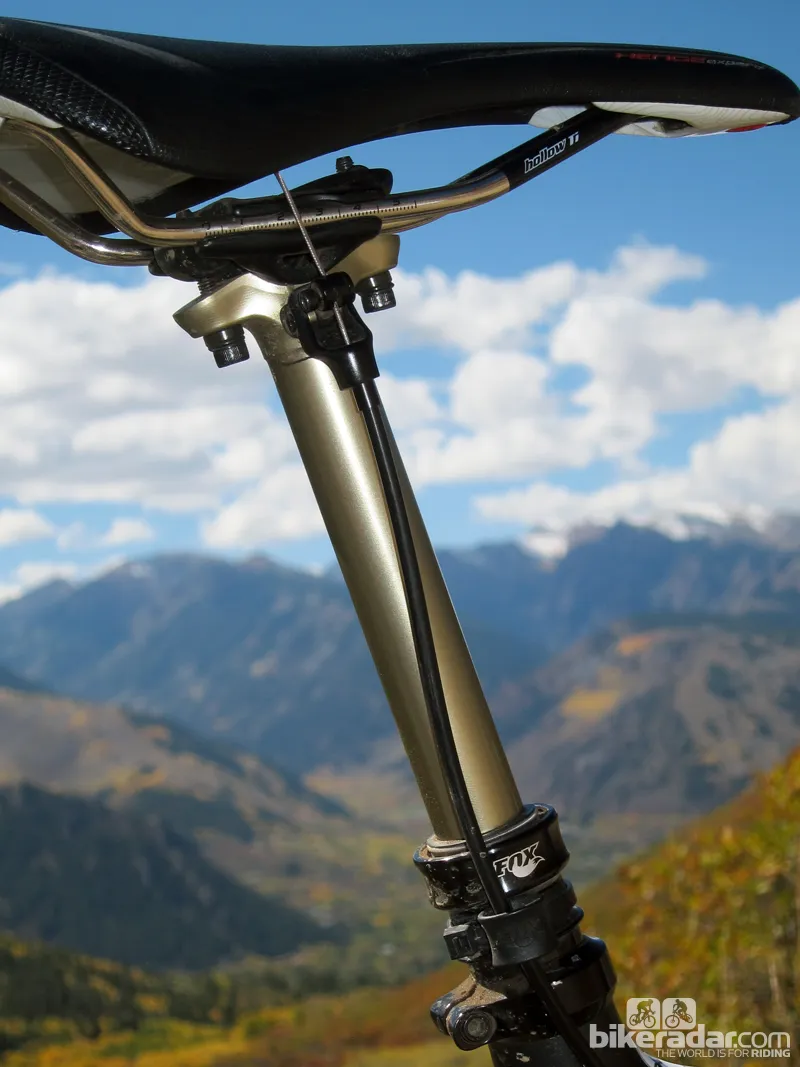The Fox DOSS dropper seatpost was one of the most highly anticipated products of the season, given the now red-hot category sales and the backing of one of the suspension industry's biggest names.
A season of testing has proven the DOSS (Drop Off Steep Stuff) to be mostly worth the wait but it's also reinforced our initial impressions – the post is impressive but there are still a few notable kinks that keep it from taking over the top spot.
Ultra-smooth action and clever internal design
Back in April we noted how the internal design's twin sets of ball bearings and retracting stainless steel keys lent the post a fantastically smooth and low-friction motion, plus an admirably slop-free lock in most cases. Nearly six months later, that opinion hasn't changed.
Compared to the current segment leader, the RockShox Reverb, the DOSS is faster to use on the trail, with nearly instant position changes – almost as soon as you've depressed the appropriate lever, your saddle is down and out of the way.
While we were initially worried about how quickly the DOSS sprung back into the fully extended position, it turns out that that speed carries minimal force, as there's so little friction involved. In reality, the post's air spring is charged with just 20psi from the factory, and we never felt the need to lower it during our test period.
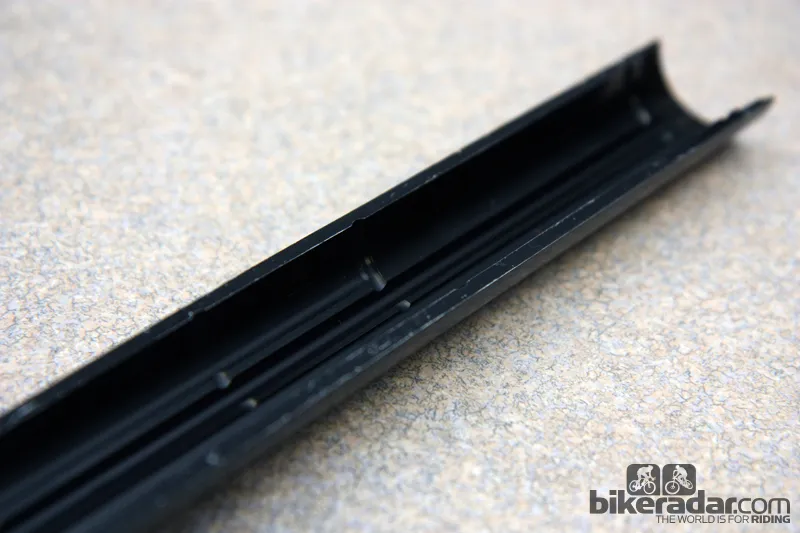
Multiple grooves inside the seatpost base, to guide the retracting ball bearings
We've also fallen in love with the DOSS' preset 40mm intermediate position. Unlike the Reverb's fully variable positioning or the Specialized Command Post's more finicky hunt-and-peck action, the DOSS easily finds the so-called 'Trail' setting every time (it uses three travel modes – Climb, Trail and Descend).
Fox's dropper is even impressively tolerant of sloppy lever timing – there's no difference if you release the lever after the post starts moving (but before you hit your mark) or hold it down until it clicks into place.
Six months of regular use have highlighted the DOSS' robust, self-adjusting stainless steel keys – our sample is as slop-free today as it was on day one (mostly, at least – we'll get to that later) and the reversible two-bolt is admirably low-profile, easy to adjust and secure.
Riders who frequent remote backcountry trails should also note that the DOSS' fully mechanical locking mechanism has no oil to leak and will still operate in the event of a cable or air chamber malfunction.
Why the DOSS isn't the boss
Unfortunately for Fox, the DOSS still falls short in several key areas.
Our biggest complaint by far is with the clunky cable actuated remote lever. The action is smooth and consistent and the highly configurable positioning (left/right/top/bottom all from one remote) is commendable. But the ergonomics – not to mention the aesthetics – leave much to be desired.
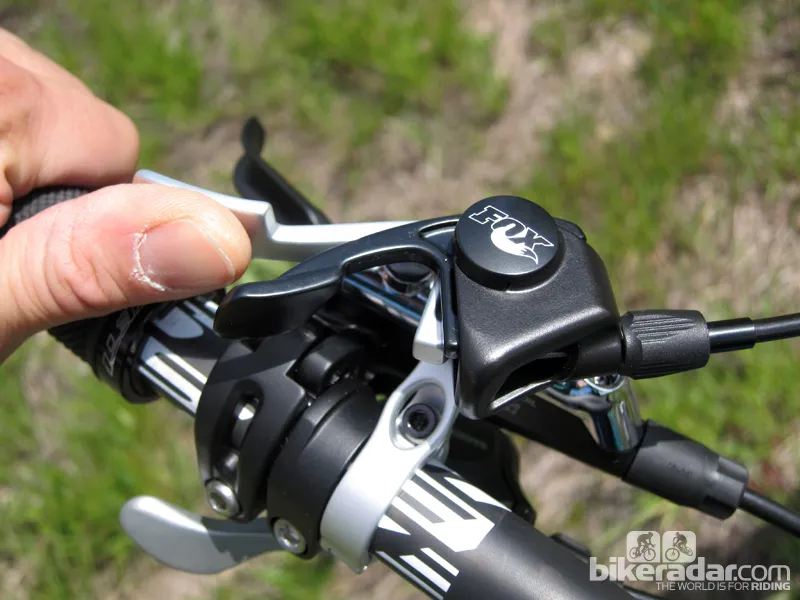
The lever positioned above the bar
It's visually clunky, it takes up too much room on the handlebars, and the nested, dual offset levers can be a long reach for your thumb. Moreover, the lever throw seems too long, especially when you're just dropping into a technical section of trail and need the saddle out of your way as quickly as possible.
In fairness, the lever works – and looks – much better when mounted below the handlebar, where it's a more natural target. However, only riders running a single chainring or SRAM's Grip Shift will be able to do so, and the laterally offset levers still require you to awkwardly extend your thumb further in for the secondary paddle.
We also ran into a curious oddity related to Fox's otherwise brilliant retracting ball bearing and stainless steel key setup. While the system wholly deserves all the credit for the DOSS' silky smooth moves, firmly locking positions and minimal saddle slop, there's still an annoying axial clunk when the post is fully extended.
Fox engineers told BikeRadar that this is the result of requisite manufacturing tolerances, but it's annoying nonetheless, particularly since the rest of the system is so good.
Fox initially insisted that the motion wouldn't be noticeable on the trail, but we found it to be anything but. In fact, it feels and sounds nearly identical to a worn-out shock bushing, with a tactile and audible clunk and rattle when you're floating over the saddle – not exactly what we expect for something in this price range.
It should be said that our colleagues on Mountain Biking UK noticed about 1mm of up and down play, but it didn't get any worse during the test period and they didn't reckon theirs felt as bad as a worn shock bush.
As for the price, the DOSS is more expensive than the mighty Reverb, at US$439 / £349 compared to US$370 / £299.99. It's also about 80g heavier, at 633g all-in (30.9mm diameter, 125mm travel, with remote, cable and housing).
